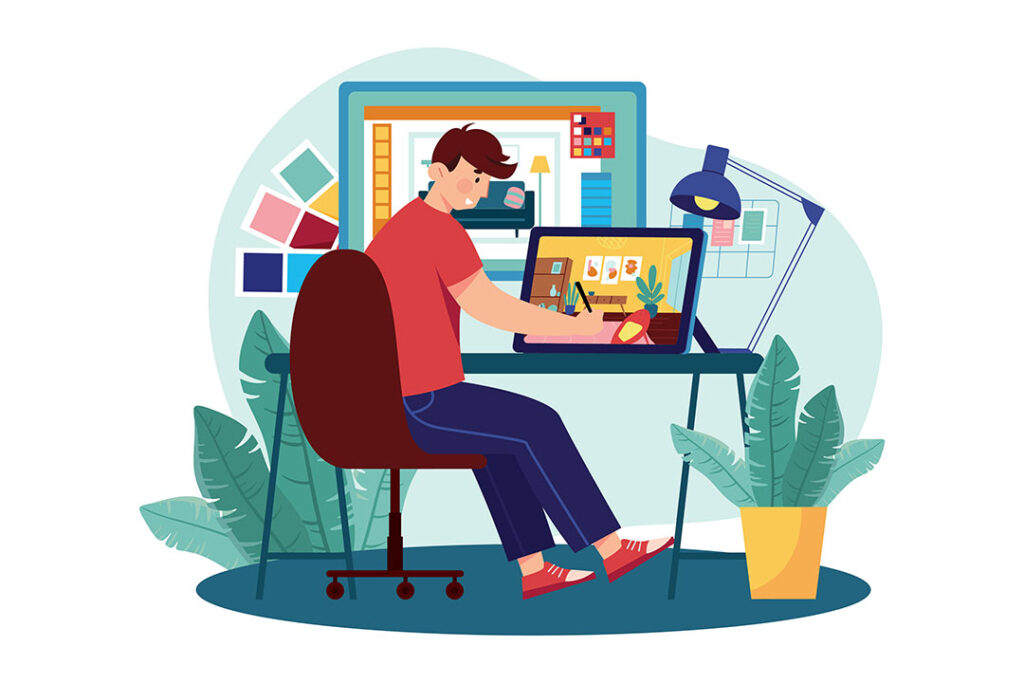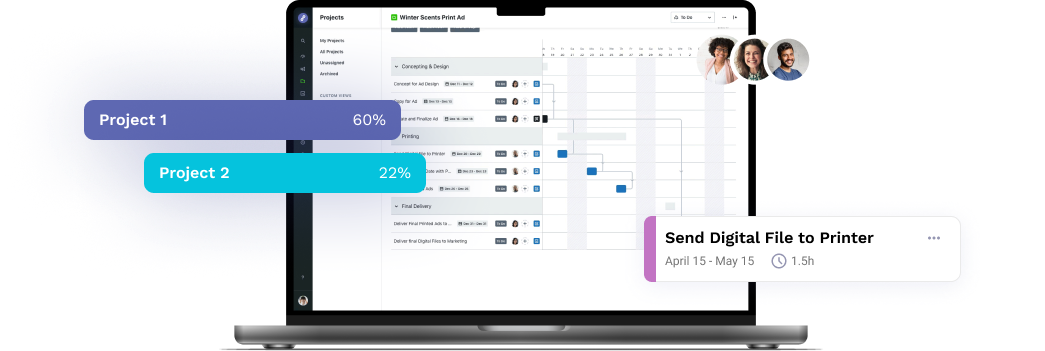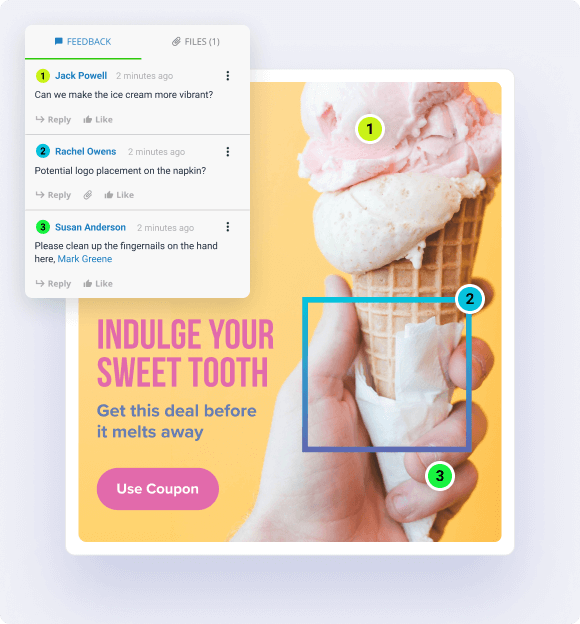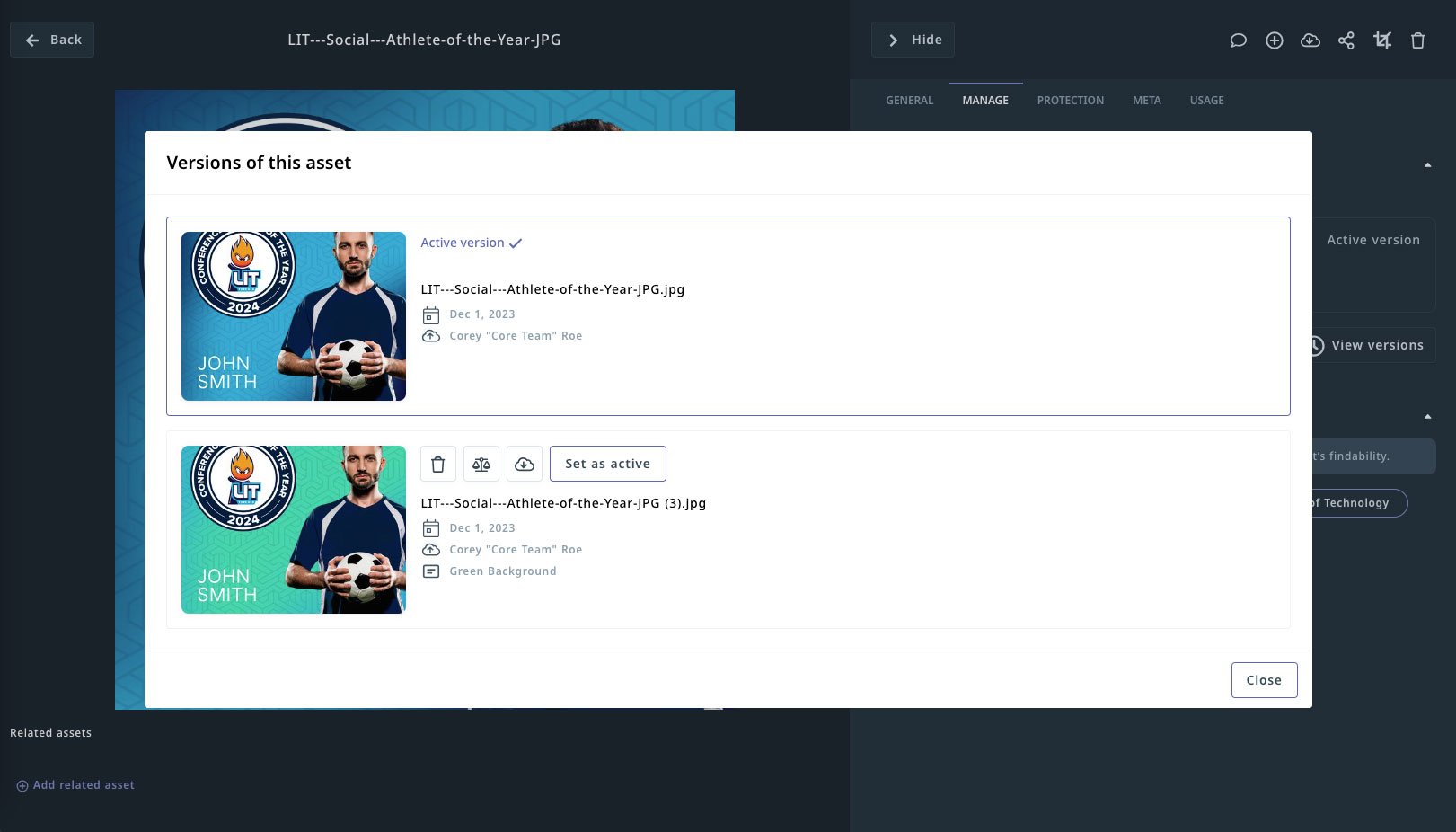
When it comes to creative work, the artwork review process can often feel like a never-ending cycle of revisions, emails, and missed approvals. While feedback is essential to refining ideas, inefficient workflows can turn a simple review into a drawn-out ordeal, delaying project timelines and frustrating creative teams.
Optimizing your artwork review workflow is crucial for improving productivity, collaboration, and the quality of the final product. A streamlined process ensures that every round of feedback counts, helping teams deliver polished, on-brand artwork faster and with less stress. Let’s explore how you can transform this process from chaotic to efficient, saving both time and energy while achieving outstanding results.
Common Bottlenecks in the Artwork Review Process
Despite the best intentions, the artwork review process is often fraught with delays and confusion. Some of the most common bottlenecks include:
-
Multiple rounds of feedback
-
Fragmented communication
-
Unclear revision instructions
When feedback is scattered across emails, chat threads, or even paper notes, it becomes challenging to keep track of who said what and what changes need to be made. This lack of organization often leads to duplicated work, forgotten suggestions, or, worse, feedback being ignored entirely.
Another major challenge is the sheer volume of revisions. Creative teams often find themselves going back and forth with stakeholders, making endless tweaks in response to subjective preferences. This both drags out the timeline and frustrates team members who are looking for clear, actionable feedback.
Additionally, if the approval process isn’t well-defined, artwork can get stuck in limbo, with different parties weighing in at various stages and causing confusion about which version is “final.” These issues can severely impact the speed and quality of your creative output.
The Role of Collaboration in Artwork Review
Effective collaboration is key to a smooth artwork review process. The goal is to ensure that all team members, from designers to stakeholders, are on the same page. When collaboration is streamlined, feedback is both more constructive and easier to implement.
However, without the right tools, collaboration can quickly become disjointed. Feedback from different team members can be inconsistent or miscommunicated, leading to confusion and even more revisions.
Centralized feedback platforms can dramatically improve collaboration by allowing team members to comment, highlight, and suggest changes directly on the artwork itself. This reduces the chances of misinterpretation and keeps all feedback in one place, making it easier for the creative team to track what needs to be done.
Furthermore, real-time collaboration ensures that everyone can contribute their thoughts at once, instead of waiting for individual emails or meetings. By fostering clearer communication and faster decision-making, collaboration becomes the driving force behind a more efficient and effective artwork review process.
Streamlining Feedback Collection and Consolidation
One of the biggest challenges in artwork review is managing feedback from multiple sources. When feedback comes in through emails, messaging apps, and meetings, it’s easy for important details to be lost or overlooked. This scattered approach creates confusion and leads to inefficiencies as designers and reviewers scramble to keep track of the latest suggestions.
Centralizing feedback collection in one platform ensures that all comments, suggestions, and revisions are stored in a single place, making it easy for everyone involved to stay updated. By using digital proofing tools, you can gather input directly on the artwork itself — whether it’s a color change, a typo, or a stylistic adjustment — so nothing gets missed.
Consolidating feedback in this way makes it easier to prioritize changes, track the status of revisions, and keep the project moving forward without unnecessary delays. With a single source of truth for all feedback, the process becomes less about chasing down information and more about implementing actionable changes that move the project toward final approval.
Version Control: Ensuring the Right Feedback Is Applied
When artwork goes through multiple rounds of revisions, keeping track of the right version becomes a critical challenge. Without proper version control, you risk making changes to outdated files, or worse, working from different versions of the artwork at the same time. This can result in errors and wasted effort, as team members may be applying feedback to incorrect drafts.
Effective version control is key to maintaining order in the artwork review process. With versioning tools, every change is logged, and previous versions are stored for easy reference. This way, designers and stakeholders can ensure they’re always working with the latest iteration of the artwork, and they can revisit past versions if necessary to check on specific revisions.
Version control helps avoid the chaos of “which file was the final one?” and ensures that the feedback applied is always relevant and up to date. It both improves workflow efficiency and provides a clear trail of changes, making it easier to track the artwork’s evolution and ensuring that every feedback loop is applied correctly.
Approval Management: Simplifying Final Approvals
The final approval stage is often where the process comes to a halt. Without a clear and efficient system for obtaining approvals, artwork can get stuck in a cycle of last-minute changes, delayed sign-offs, and confusion over who has the final say. This can lead to missed deadlines, rushed work, or even unnecessary revisions that could have been avoided.
Simplifying approval management is essential to keeping projects on track and ensuring that the artwork gets the green light when it’s ready. By using a digital approval system, you can streamline the entire approval process — allowing stakeholders to review, comment, and approve the artwork in real-time.
This eliminates the back-and-forth of email chains and speeds up the decision-making process.
Furthermore, approval systems often include features like tracking the status of approvals, sending automatic reminders, and flagging when final approval is reached. These tools help ensure that everyone involved is on the same page, reducing the risk of delays and miscommunication.
With an organized and transparent approval process, creative teams can move forward with confidence, knowing that they have all the necessary sign-offs to proceed.
Transform Your Artwork Review Workflow Today With Lytho
Optimizing your artwork review process not only speeds up approval times, but also enhances collaboration, ensuring high-quality results every time. By streamlining feedback, version control, and approvals, your team can focus on creativity rather than administrative hurdles.
Ready to take your artwork review process to the next level? Explore how Lytho’s creative workflow solutions can help you collaborate more efficiently and maintain brand consistency across all platforms — schedule a demo today!
Do you want to give yourself and your creative team more room for creative stimulation by automating the boring stuff? Lytho helps you streamline your entire workflow and harmonize all brand collateral under a single, uniform platform. Feel free to reach out to us by scheduling a demo and learning how our creative solutions can boost the effectiveness of your creative projects. We look forward to speaking with you!

Ready to simplify your creative operations and start having a little fun at work again? Schedule time to talk with us.
Let us show you how Lytho’s Creative Operations Platform helps in-house creative and marketing teams do better work, ease the stakeholder experience, and stay on brand.
Schedule a Demo posted by
posted by 


